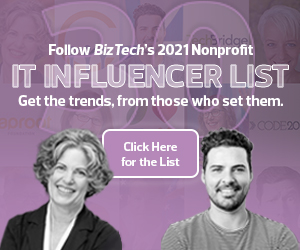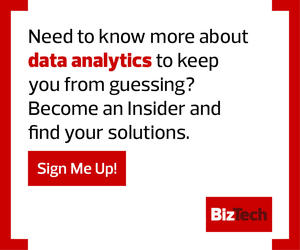The Benefits of CRM for Nonprofits
CRM tools are popular in the for-profit space in part because they make it easier to conduct sales and uncover strategic opportunities through data analysis. While nonprofits don’t necessarily have customers, their relationships with donors (both individual and institutional) and beneficiaries share many of the same relationship management cues, notes Erik Arnold, CTO of Microsoft’s Tech for Social Impact group.
“Increasingly, nonprofits are working with individuals who might play different roles in the organization, whether they be donors, peers or even a beneficiary in a disaster response context,” he says. “Nonprofits are becoming more digital and thinking about how to get a 360-degree view of the constituent.”
CRM software is a key element of modernization efforts for nonprofits. Trevor White, a research manager at Nucleus Research, says the sector has generally evolved in the same direction as the traditional CRM space, where the growing uptake of cloud technology has lessened the need for internal infrastructure.
“It’s followed the CRM trends, just maybe a couple of years behind the pure sales side,” he says.
Many organizations are looking for more flexible systems that can manage information on phones, tablets and other platforms, The NonProfit Times notes, and CRM is a key tool to have at the center of that equation.
White noted that this desire for flexibility and customization extends to internal CRM systems and is a key differentiator for many nonprofits. A nonprofit’s needs aren’t the same as those of an organization simply looking to close sales — and they often require additional features to get a deeper understanding of their stakeholders.
For nonprofit professionals, “it is really important to be able to add custom fields and new information so they can capture the essence of that person, as opposed to tracking sales, where you’re just working someone down the sales funnel,” White says.
MORE FOR NONPROFITS: What nonprofits need to know about cryptocurrency.
Types of CRM Systems
Some CRM systems serve more specialized needs for certain types of organizations. Two common ones are:
- Donor management systems: Used by charitable nonprofits in particular, this system manages relationships with donors large and small and helps uncover long-term opportunities.
- Association management systems: While professional and trade associations may have a charitable component, their focus is different from many other types of nonprofits. Their constituents are generally members, not customers, donors or beneficiaries. An association management system is tailored to these needs and may also include website builders, tools for email marketing and event registration, and other components.
CRM platforms aren’t limited to customer sale relationships. White points to political parties, which operate as a form of nonprofit and use their own CRM-style systems. Microsoft’s Arnold notes that the broad array of nonprofits means that every organization — whether a local youth soccer club, a sports league or a global humanitarian group — will have different needs but similar data management goals.
“There are commonalities in each and every one of those organizations,” White says. “They fundraise or work with constituents. They drive programs and deliver services to a beneficiary, whether that beneficiary is a person, a puppy or the planet.”
Technical Considerations for Nonprofit CRM Systems
One advantage of modern CRM platforms is that they are managed through cloud providers, offering significant benefits for data protection and security. White says this has helped improve CRM security by creating a framework for frequent updates, although cloud security in general remains an important consideration.
“As long as they’re going with a cloud solution, it’s not something that nonprofits need to worry too much about because they’re going to get the regular cadence of updates,” he says.












